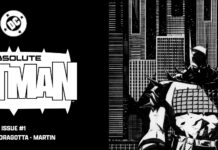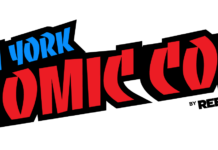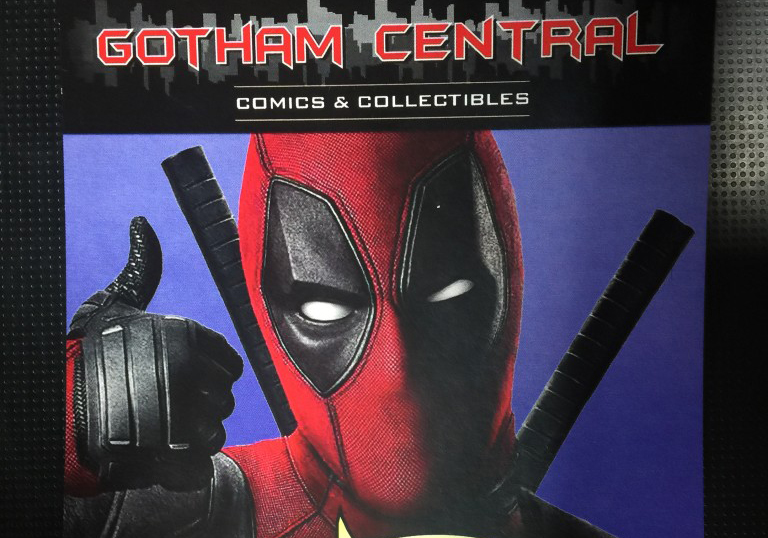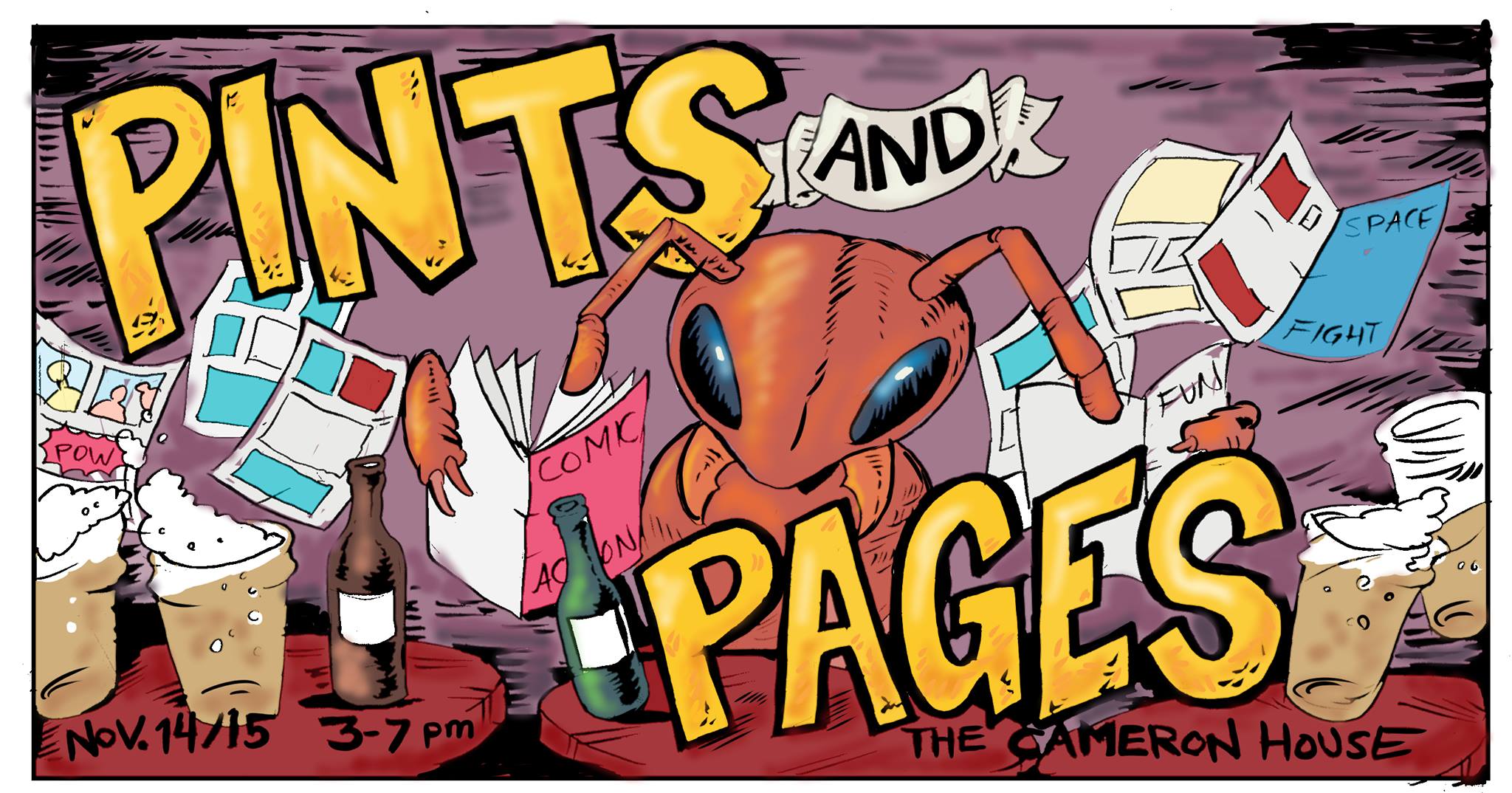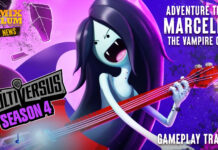
Balls to the Wall: Kick-Ass in Comics
When it first hit the stands in 2008, Mark Millar and John Romita Jr.’s Kick-Ass was a swift breath of fresh air. A return to old-school comic values by way of splatter-heavy violence and little girls who say “c***,” Kick-Ass (in its comic incarnation, anyway) was also a sweet but effective satire of the sort of adolescent power fantasies that superhero comic books inevitably represent, and comic geek culture as a whole.
The title’s initial 8-issue run was a model of brisk, exhilarating storytelling. Each issue delivered an indelible “I can’t believe I’m seeing this in comics!” – these moment, while still pushing the story of loser Dave Lizewski along.
Kick-Ass follows Dave’s efforts at styling himself as a real-life superhero in what is, essentially, our world, i.e. a world where comic books exist, but true costumed vigilantes do not. (This all, of course, predated the weird rash of “Real Life Superheroes” that popped up in the wake of Kick-Ass the comic and the film. See the documentary Superheroes for more about that.) This allows Dave and his friends to comment endlessly about the Marvel and DC universes, while simultaneously essaying the inherently fun storytelling trope of “what would it be like, if someone really tried to do this?”
Part of what made the first run work so well was Millar’s unshakeable willingness to screw with his main character in equal (and sometimes greater) measure to any personal gains that Dave’s adoption of the Kick-Ass persona might have brought him. A lot of this emasculation centers around Dave’s crush on Katie Deauxma, the girl of his high school dreams – who he can only become friends with by pretending to be gay. In true Millar fashion, this later leads to a circulating rumour that Dave’s Kick-Ass-related injuries are the result of his being a gay prostitute; later still, after the truth about Dave’s romantic feelings comes out, Katie torments him with pictures of herself performing oral sex on her boyfriend. It’s a cruel world for Dave in Kick-Ass, and Dave never really escapes it; because, of course, neither did we, when we were his age.
But what made Kick-Ass fun was the one-two punch (ahem) of the ultraviolence and the ultraviolent kid superhero, Hit Girl, who became not just the comic’s breakout character, but probably the biggest draw for the whole franchise. Romita’s dopey human caricatures never got in the way of his ability to bracingly stage terrific action panel by panel; and as for Hit Girl, she served brilliantly in a weird dual purpose as the series’ cruelest joke and, paradoxically, its beating little heart.
With the comic series a success and the movie arriving in theatres, Millar and Romita continued the enterprise with two further runs, Kick-Ass 2 and Hit Girl. (A third, concluding series – Kick-Ass 3 – has just started.) Neither of the follow-ups, unfortunately, approaches the sheer fun of the original. Kick-Ass 2 ties an elliptical story around the real-life superhero world’s first major team-up fight, but is otherwise a really ugly piece of storytelling, taking the boundary-pushing ethos of the first series way past its point of no return. The despicable fourth issue in the 7-issue run of Kick-Ass 2, which contains a mass murder of small children and the gang-rape of Katie Deauxma by the Mother F*****’s gang, seems so wildly at odds with the (admittedly violent) pages that have come before that it was nearly enough to put me off reading Millar’s work forever.
It doesn’t help that Dave’s key nemesis, the Mother F******, is a thin and uncompelling character, although some humour is to be had around his rich-boy strategy for buying his way through ninja school. (Also: why name the character the Mother F******, and never circle it back around to his relationship with his mother?) The Hit Girl mini-series, meanwhile, is a good example of why expanding upon enthralling supporting characters can frequently render them less enthralling. (Boba Fett, anyone?) It’s a dull, 5-issue series that takes place between Kick-Ass 1 and 2, and features the troubles Mindy encounters when trying to integrate her (essentially sociopathic) personality into a regular grade school. Some of the commentary on bullying and social cliques works well, but Millar is gathering low-hanging fruit as such. Inevitably, Hit Girl comes away weakened by our having spent more time in her head, and now that her initial shock value has worn completely off, seeing her kill and swear begins to feel old hat.
None of this is stopping me from reading Kick-Ass 3, of course, nor generally thinking well of Millar and Romita’s whole enterprise, which has created one of the more entertaining mini-universes in comics in recent years. It’s also a rare instance in the comics/movies relationship where I feel like both versions of the story genuinely have interesting, and different, things to say about the same core mythology. Kick-Ass, as a comic, picks the
superhero world apart, down to the bone.



